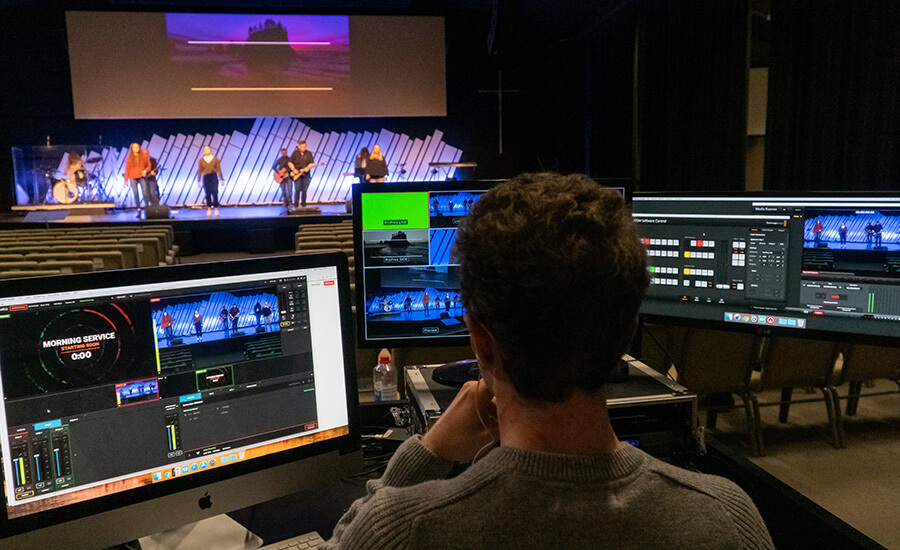Transforming Broadcasting through Innovative Sound via IP Solutions for a Connected Tomorrow
The world of media is experiencing a significant shift due to innovative sound via IP (AoIP) solutions. Such advancements are changing the way audio content is produced, delivered, and consumed. Audio over IP refers to the method of sending audio signals over a computer system, using Internet Protocol (IP) rather than conventional analog techniques. This change not only improves the standard of audio transmission but also offers media professionals with greater flexibility and authority over their content.One key advantage of audio over IP technology is its ability to link multiple devices and systems efficiently. Traditional broadcasting frequently depended on complex cabling and physical links, which could be cumbersome and restrictive. With AoIP, broadcasters can readily connect microphones, mixers, and additional equipment through a shared network. This convergence allows for off-site broadcasting and live streaming from almost any location, making it simpler to reach listeners across the globe. As a result, broadcasters can respond quickly to ongoing events and audience requests, leading to more dynamic and captivating content.
Moreover, AoIP technology facilitates superior audio standards that improve the auditory encounter. In contrast to conventional broadcasting techniques, which may compromise sound standards, audio over IP can preserve the purity of the audio stream during the delivery procedure. This implies that listeners can enjoy clearer and more detailed sound, whether they are tuning in via terrestrial radio, broadcasting over the internet, or using mobile devices. The ability to deliver high-fidelity audio is especially important for musical and talk shows, where every detail matters to the audience.
Moreover, the implementation of audio over IP systems can lead to financial efficiencies for media companies. By leveraging existing infrastructure systems, companies can remove the need for costly hardware and large-scale cabling. This not you could try this out only lowers initial costs but also lowers maintenance expenses over time. Broadcasters can distribute resources more effectively, focusing on production and human resources growth. As a consequence, the entire media industry can gain from enhanced creativity and inventiveness, as financial resources are reallocated toward enhancing programming and interacting with audiences.
In conclusion, the shift towards audio over IP technologies is transforming the broadcasting landscape. By enabling seamless connections, enhancing audio quality, and lowering costs, AoIP is clearing the path to a better integrated future in broadcasting. As broadcasters continue to adapt to these changes, they will be better equipped to meet the needs of their audiences, produce captivating programs, and stay competitive in an ever-evolving industry. The future of broadcasting is bright, and audio over IP will play a crucial role in shaping the manner in which we experience audio programming in the future to follow.
